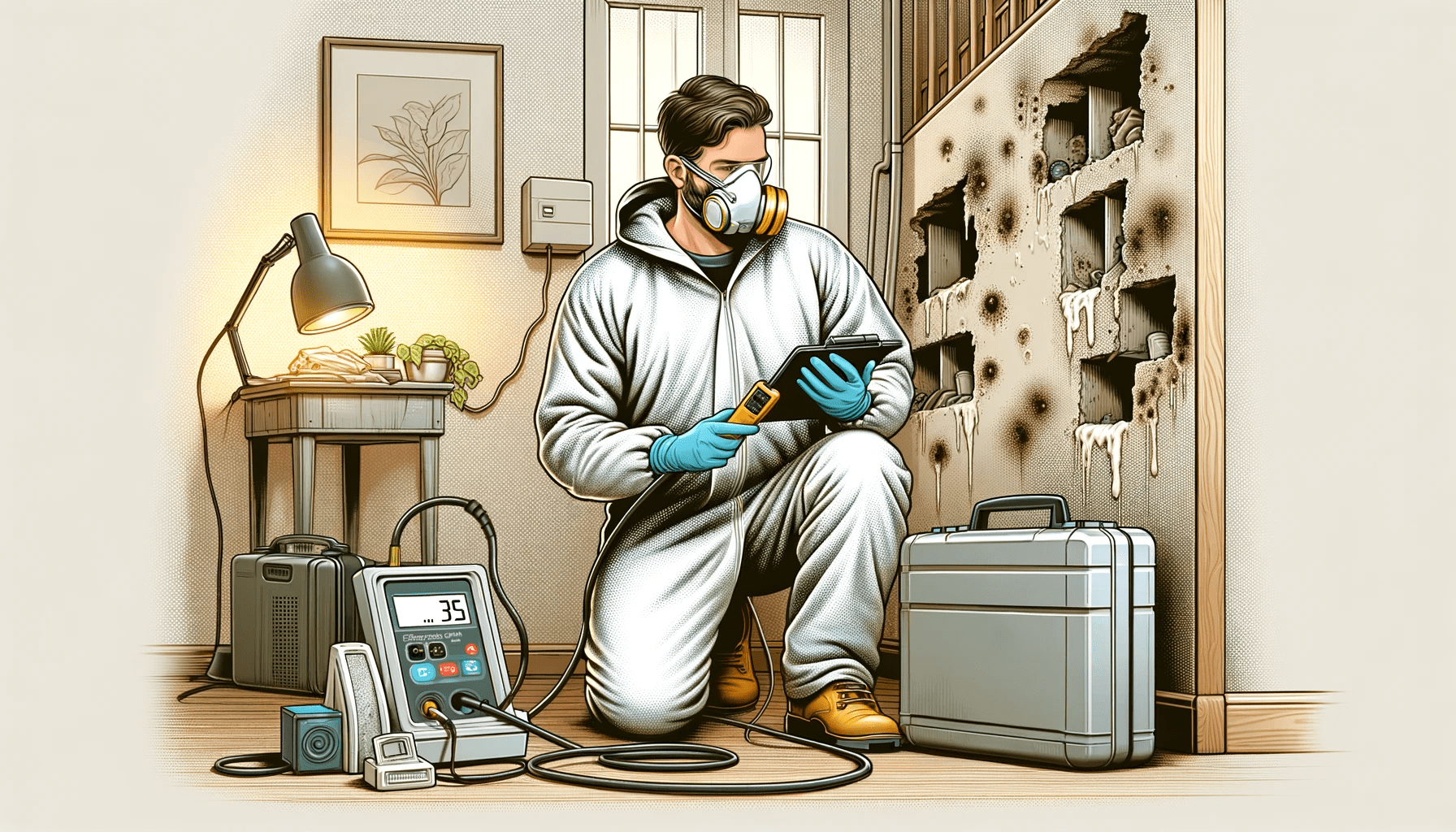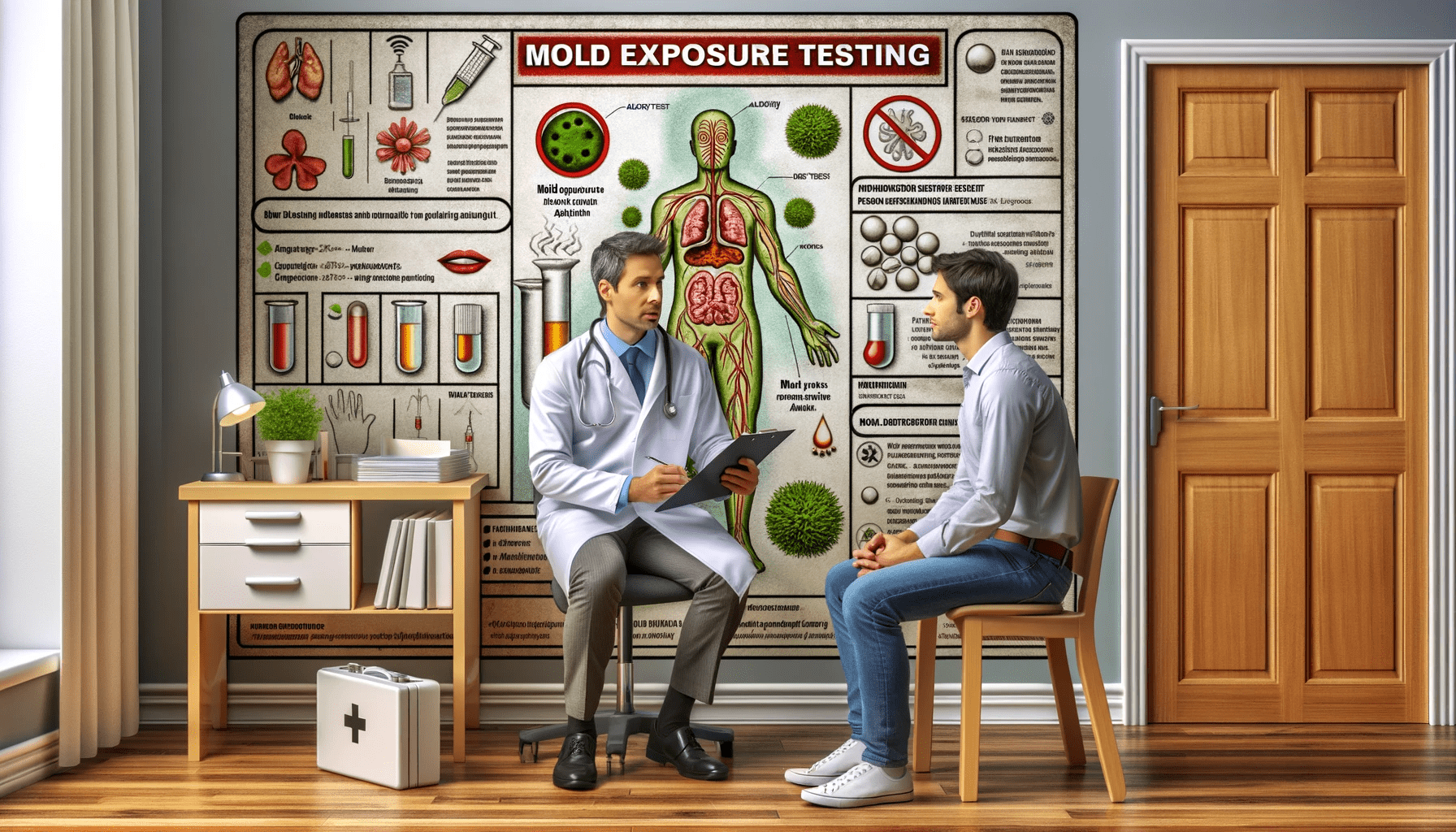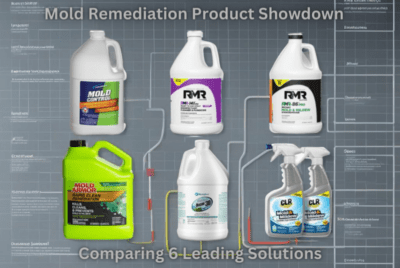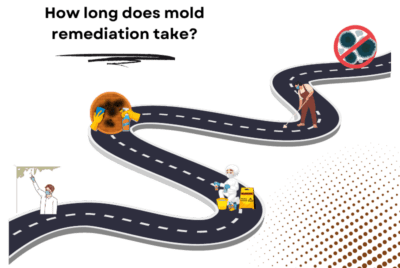How To Test For Mold Exposure: From Science to Practical Steps
Mold exposure in homes and workplaces can cause health issues from mild allergies to severe respiratory conditions. Understanding how to test for mold exposure is crucial for maintaining a healthy living environment. This comprehensive guide combines scientific research, practical advice, and healthcare expertise to provide a thorough understanding of mold exposure testing.
Understanding Mold Exposure and Health Risks
Mold exposure can lead to IgE-mediated sensitization, inflammatory responses, and respiratory symptoms. Scientific studies reveal that mold-exposed individuals have higher specific IgE levels to mold mixtures than those not exposed. This section delves into the associations between mold exposure, sensitization, and respiratory symptoms, providing a scientific foundation for understanding the health risks associated with mold.
Simple Ways to Test for Mold Exposure
For those seeking practical steps to test for mold exposure, this section outlines three simple methods:

- Visual Inspection: Look for visible signs of mold growth in damp areas of your home or workplace. Mold can appear in various colors and often has a musty odor.
- DIY Mold Testing Kits: These kits can be purchased from hardware stores and used to collect mold samples from your environment. Follow the instructions carefully for accurate results.
- Professional Mold Inspection: If you suspect a severe mold problem, consider hiring a professional mold inspector. They have the expertise and equipment to conduct a thorough inspection and testing.
When to Consider Professional Mold and Mycotoxin Testing
 While DIY methods can be effective for initial assessments, certain situations warrant professional testing. This section explores scenarios recommending professional mold and mycotoxin testing, such as experiencing persistent health issues potentially related to mold exposure. It also covers the importance of addressing underlying issues like dampness and poor ventilation.
While DIY methods can be effective for initial assessments, certain situations warrant professional testing. This section explores scenarios recommending professional mold and mycotoxin testing, such as experiencing persistent health issues potentially related to mold exposure. It also covers the importance of addressing underlying issues like dampness and poor ventilation.
Healthcare Perspective on Mold Exposure Testing
 Consulting with healthcare professionals is crucial, especially if mold exposure symptoms are present. This section provides advice on when to seek medical attention and the types of tests doctors might recommend, such as allergy tests or blood tests for mold-specific antibodies.
Consulting with healthcare professionals is crucial, especially if mold exposure symptoms are present. This section provides advice on when to seek medical attention and the types of tests doctors might recommend, such as allergy tests or blood tests for mold-specific antibodies.
Prevention and Remediation
Understanding how to prevent mold growth is as important as knowing how to test for it. This section offers tips on maintaining a mold-free environment, including controlling humidity levels, ensuring proper ventilation, and addressing water leaks promptly.
Conclusion
Testing for mold exposure is a multi-faceted process that involves both practical steps and understanding the scientific and health implications. Opting for a DIY approach or seeking professional assistance, staying informed and proactive is key to managing and mitigating the risks associated with mold exposure.
FAQs related to testing for mold exposure
-
What are the most common signs that indicate a need for mold testing in my home or office?
- Answer: Common signs include visible mold growth, musty odors, water damage, persistent health issues like allergies or respiratory problems, and a history of flooding or leaks. If you notice any of these signs, it might be time to consider mold testing.
-
Can I test for mold exposure myself, or should I hire a professional?
- Answer: While there are DIY mold testing kits available, they often provide limited information. For a comprehensive assessment, you should hire a professional mold inspector They have specialized tools and expertise to conduct thorough testing and accurately interpret the results.
-
What types of mold tests are available, and how do they differ?
- Answer: There are several types of mold tests, including air sampling, surface testing, and bulk testing. Air sampling tests for mold spores in the air, surface testing collects samples from household surfaces, and bulk testing involves analyzing materials from the home. Each test serves a different purpose and experts may recommend it based on the specific situation in your home.
-
How long does it take to get results from a mold test, and what do the results tell me?
- Answer: The time to get results can vary, typically ranging from a few days to a week. The results will identify the types of mold present and their concentration levels. This information helps determine the severity of the mold problem and guides the remediation process.
-
After mold testing, what steps should I take if high levels of mold are detected?
- Answer: If high levels of mold are detected, it’s important to identify and address the source of moisture causing the mold growth. Professional mold remediation may be necessary to safely and effectively remove the mold. Additionally, measures should be taken to prevent future mold growth, such as improving ventilation, fixing leaks, and controlling humidity levels in your home.
Here are two links to webpages that share scientific studies or commentaries related to mold exposure and its health risks, which can provide further insights:
- “The medical effects of mold exposure” – This study, published in the Journal of Allergy and Clinical Immunology, explores the medical effects of mold exposure. It aims to clarify the science of mold-related diseases and provides interpretation of what is and is not supported by scientific evidence. This can be a valuable resource for understanding the medical and health implications of mold exposure.
- “Respiratory and allergic health effects of dampness, mold, and dampness-related agents: a review of the epidemiologic evidence” – Published in Environmental Health Perspectives, this review examines the epidemiologic evidence on respiratory and allergic health effects of dampness, mold, and dampness-related agents. It provides a comprehensive overview of the health risks associated with mold exposure, which is crucial for understanding the broader health implications.




